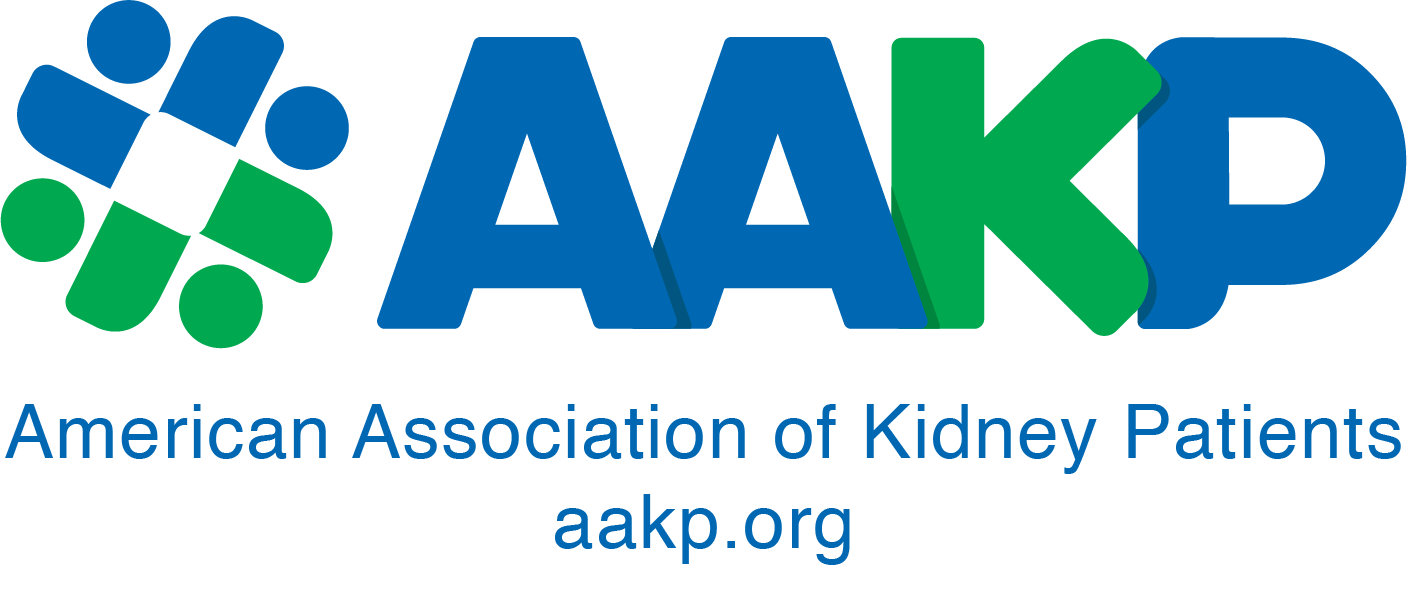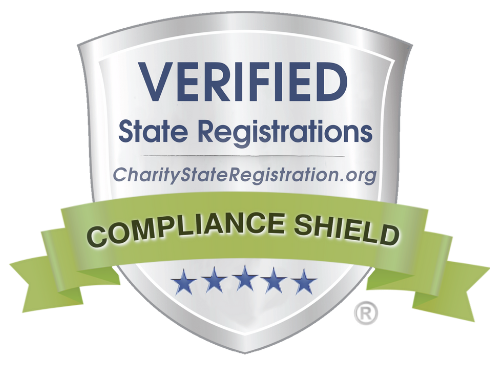In 1992, in her mid-twenties, Tiffany Fisher was diagnosed with hypertension (high blood pressure) after having her second child. During a routine check-up, her healthcare team noticed her high blood pressure and sent her to her primary doctor. This is when she was formally diagnosed with hypertension.
Tiffany was no stranger to this condition as it runs in her family. Her mother experienced kidney failure in 2000 due to hypertension and went on dialysis before receiving a kidney transplant.
To help with her hypertension, Tiffany took several medications and developed healthier eating habits. She thought she had it under control until she began experiencing swelling in 2015. “I was a bigger girl and just brushed off the swelling due to my size until I noticed a sore on my leg,” Tiffany said. She thought it was just a cut until it got bigger and began to open. It was then that she decided to go to the emergency room (ER) for help. The medical team treated the open wound, did bloodwork, and sent her home.

A few days later, she received a call from the ER. The medical team informed her that something was wrong with her bloodwork, and requested she return to the ER immediately. When she arrived, the healthcare team told her that she was in kidney failure due to her hypertension. She received a chest catheter and two days later, was on a dialysis machine at the hospital. “I had so much extra fluid on me that I went down two pant sizes while in the hospital,” Tiffany said.
After being discharged, she started in-center hemodialysis, and within one to two weeks, began itching. The itching sensation only happened when she was on the dialysis machine, so she thought she was allergic to something. The medical team explained that if it were an allergic reaction, the symptoms would be more severe. Without a solution, Tiffany continued to itch. Her body itched so much that she could not sit still during dialysis treatments.
Upon speaking with her nephrologist (kidney doctor) about the itching and trying different prescriptions, nothing worked. A liquid antihistamine would help a little only because it would make her fall asleep, not because it stopped the itch.
When Tiffany began to develop a rash, she saw a dermatologist and was diagnosed with Eczema. Her rash cleared, but the itching continued. Tiffany was never formally diagnosed and suffered itching for the entire seven years she was on dialysis.
Tiffany had weight loss surgery in April of 2017 and was able to get on the kidney transplant list in September that same year. She continued on dialysis while waiting for a kidney donor.
On February 6, 2022, she received a kidney from a donor on life support. Many other patients in need of an organ also got transplants that day–all from one gracious donor.
Tiffany has not experienced itching since receiving her new kidney. She says her new kidney has been slow to work, and she has had some hospitals stays since the surgery, but she is optimistic that her body is still getting used to the kidney. For now, she continues to take it easy and rest at home.
Tiffany is a mom of four. Her youngest son is graduating high school this year, and she is looking forward to attending his graduation at the end of May. Prior to dialysis, she worked in the home healthcare field as a medical assistant and is looking forward to going back to work full time in the future. Tiffany is also a passionate kidney advocate and has served on the End Stage Renal Disease Network 14’s (Texas) Patient Advisory Council since 2017. She enjoys visiting with and helping fellow patients who are on dialysis at a clinic near her home. Tiffany is also an active AAKP member and enjoys watching AAKP Healthline webinars.
Although not formally diagnosed with chronic kidney disease associated pruritis (CKD-aP), this is likely what Tiffany experienced while on dialysis.
CKD-aP is defined as moderate to severe itching that is directly related to kidney disease, without the presence of any other comorbid condition such as liver or skin that includes itching. It is often a distressing and overlooked condition found primarily in individuals with end-stage kidney disease (ESKD), such as those on hemodialysis. It is believed to affect approximately 30-70% of kidney patients and has been associated with poor quality of life, poor sleep, and depression. It is often described by dialysis patients as “an itch you just can’t get to.”
It has also been associated with increased hospitalizations and/or mortality in hemodialysis patients due to the increased risk of inflammation and infections due to an individual’s continual scratching of the skin in an attempt to satisfy the ‘itch,’ which can lead to lesions or broken/damaged skin.
CKD-aP can be difficult to diagnose because its severity may vary over time from mild to moderate to severe, and the itch may occur randomly or frequently. CKD-aP may also occur anytime in relation to dialysis–before, during, or after–as well as impact various parts of a kidney patient’s body (face, back, or arm, for example). Further complicating the diagnosis of CKD-aP is the fact that no visual presentation on the skin may occur.
Due to all of these factors, the best practice is for physicians to consider any itching in dialysis patients as being related to CKD-aP unless there is a clear alternative explanation.























